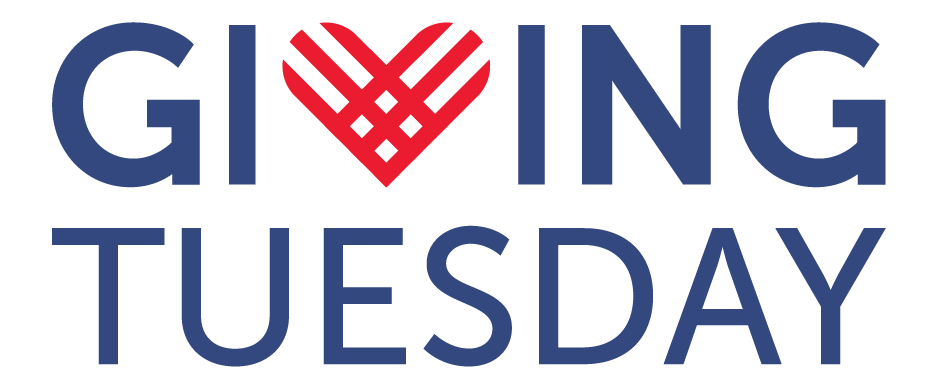GivingTuesday is Coming: Ways You Can Make a Difference in Your Community
This year’s GivingTuesday event will take place on December 3, 2024. Millions of people will use their power of, “radical generosity” to change the...
Manage your everyday finances with convenient accounts, flexible cards, and personalized service designed to fit your life.
At First Federal Bank, we offer flexible mortgage solutions for almost any situation, helping you secure the right financing for your dream home.
Business banking offers secure financial management, streamlined transactions, credit options, and tools to help businesses grow efficiently and sustainably.
2 min read
First Federal Bank : September 28, 2022 4:39:53 PM EDT
Heads-up! There are people exploiting the Hurricane Ian disaster. There are fake Facebook pages, tweets are going out with fake charity websites, and phishing emails are sent out asking for donations to #HurricaneIan Relief Funds that they keep for themselves. Avoid falling for any scams. If you want to make a donation, go to the website of the charity of your choice and make a donation. Type the address in your browser or use a bookmark. Do not click on any links in emails or text you might get. Whatever you see in the coming weeks about Hurricane Ian disaster relief, think before you click.
Here are some tips:
Be Smart About Responding To Email Solicitations
Unlike postal mail, emails from charities are usually a result of you providing your contact information directly to that charity. Email is a normal channel now for nonprofits to ask you for continued support, whether by making a contribution or doing something else to help the cause. As such, email messages you receive from a charity you have supported in the past are likely legitimate. Be a skeptic of email solicitations from charities you have not heard of before or haven’t in some way supported or contacted.
Beware Of Requests To Send Money Overseas
As a rule, any organization requesting that you send funds to a foreign bank is bogus.
Delete Unsolicited Emails With Attachments
It’s not typical for legitimate emails from organizations to include attachments. Do not open any attachments to these emails, even if they claim to contain pictures of a particular tragedy. These attachments are probably viruses.
Be Inspired By Social Media, But Still Do Your Homework
Social networking tools like Twitter, Facebook, YouTube and blogs deliver heart-wrenching images and information about charitable causes to our computers and phones. Many of them include pleas to donate. Take the time to investigate the groups behind such pleas for help to ensure that it comes from a legitimate nonprofit and then go to that charity's website to make your donation.
Be Leery Of People That Contact You Online Claiming To Be A Victim
Anyone alleging to be in this position is most likely part of a scam. People affected by a disaster or afflicted by a disease are in no position to contact you directly for assistance.
Seek Out The Charity’s Authorized Website
The results of a general web search on Google, Yahoo or another search engine may include a fraudulent site designed to look like a legitimate charity’s website.
So, how can you determine if a site is valid? Start by examining the web address. Most non-profit web addresses end with .org and not .com. Avoid web addresses that end in a series of numbers. Also, bogus sites often ask for detailed personal information such as your social security number, date of birth, or your bank account and pin information. Be extremely skeptical of these sites.
Give Through A Reputable And Secure Service
Charity Navigator’s Giving Basket is a secure, easy, and convenient way to give to the causes you care about. The Giving Basket will only allow donations to legitimate charities thereby protecting you from inadvertently donating to a fraudulent appeal. As a result, thousands of donors use the Giving Basket to safely donate millions of dollars annually.

This year’s GivingTuesday event will take place on December 3, 2024. Millions of people will use their power of, “radical generosity” to change the...

First Federal Bank celebrated the 15th anniversary of Tiger Bank, a bank branch located in Columbia High School in Lake City, FL. The celebration...

Through partnerships with local schools, First Federal Bank is dedicated to equipping students with the knowledge and skills necessary to make...